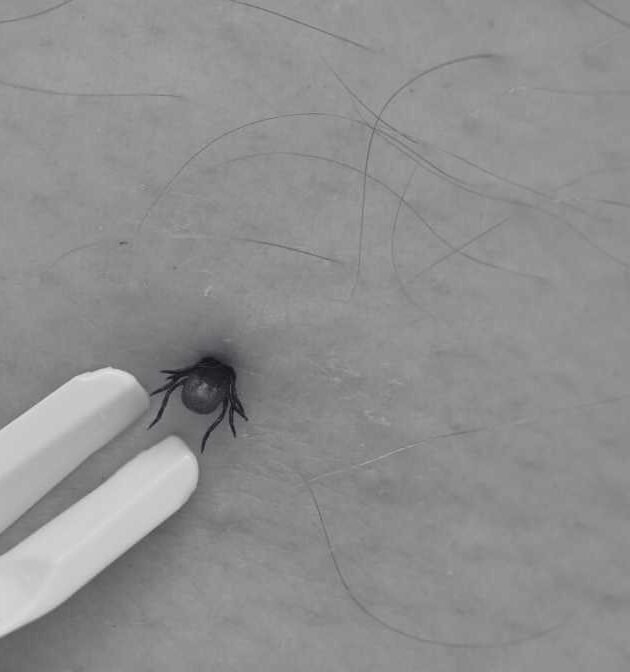
Termite Ground Treatment for Malaysia Properties
June 16, 2025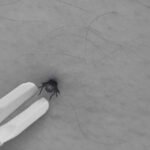
Tick Borne Diseases You Must Know
June 17, 2025
Ticks Blog
Protect yourself from tick bite with expert tips on recognition, prevention, and safe removal. Learn how to stay safe from tick borne diseases today.
What Malaysians Need to Know About Tick Bite?
Tick Bite and Tick Borne Diseases in Malaysia
Ticks are small, blood-sucking arachnids that pose significant health risks worldwide, including in Malaysia. Although their tiny size can make them easy to overlook, tick bites can lead to serious tick borne diseases if not treated promptly. Understanding tick signs, effective tick removal techniques and preventive measures are vital for maintaining health. Especially for those who spend time outdoors in wooded areas or rural environments.
We provide an in-depth overview of tick bites, how to identify them, health risks and best practices. The proper techniques to tick removal to protect yourself and your loved ones.
Types of Ticks in Malaysia and Tick Life Cycle
What Are Ticks and How Do They Live?
Ticks are external parasites that live in various environments. Particularly in high grass, leaf litter and wooded areas, which are common area where ticks live. These arachnids attach to hosts such as humans, pets and wildlife to blood-suck and remain in the skin for hours or days. Malaysia's climate supports various types of ticks.
Brown dog ticks (Rhipicephalus sanguineus) are most common in homes and on ticks on cats and dogs. They are hardy and live both indoors and outdoors. While less common, soft ticks and hard ticks can also live in wooded areas and are capable of transmitting tick-borne diseases. Ticks pass through multiple stages:
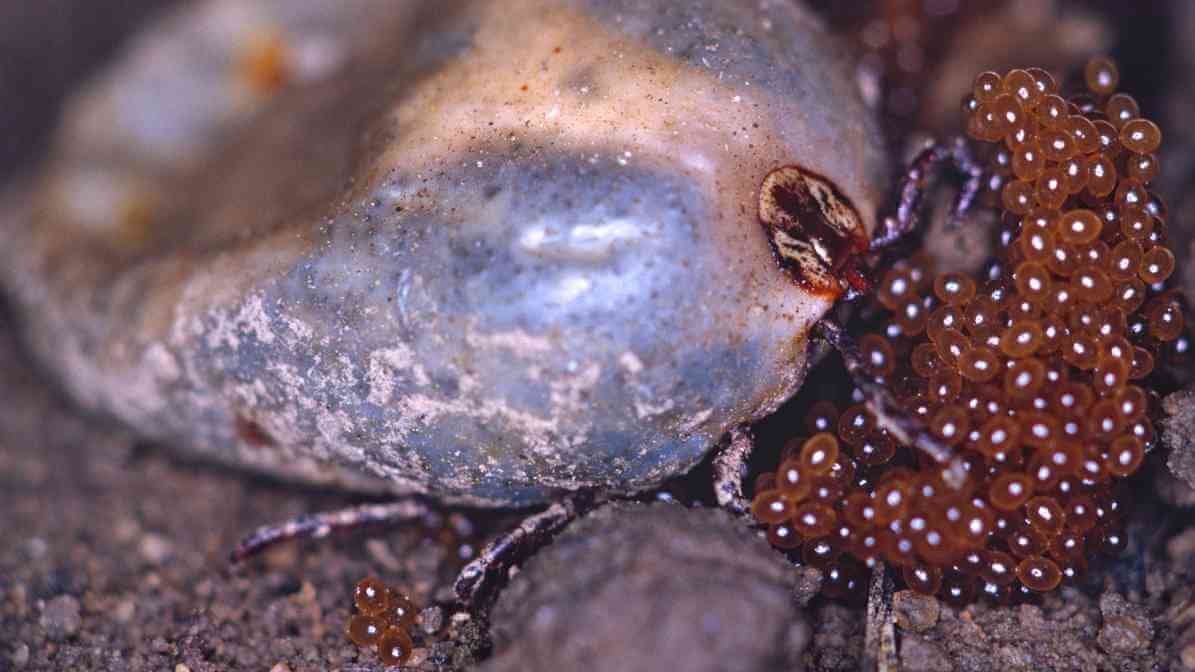

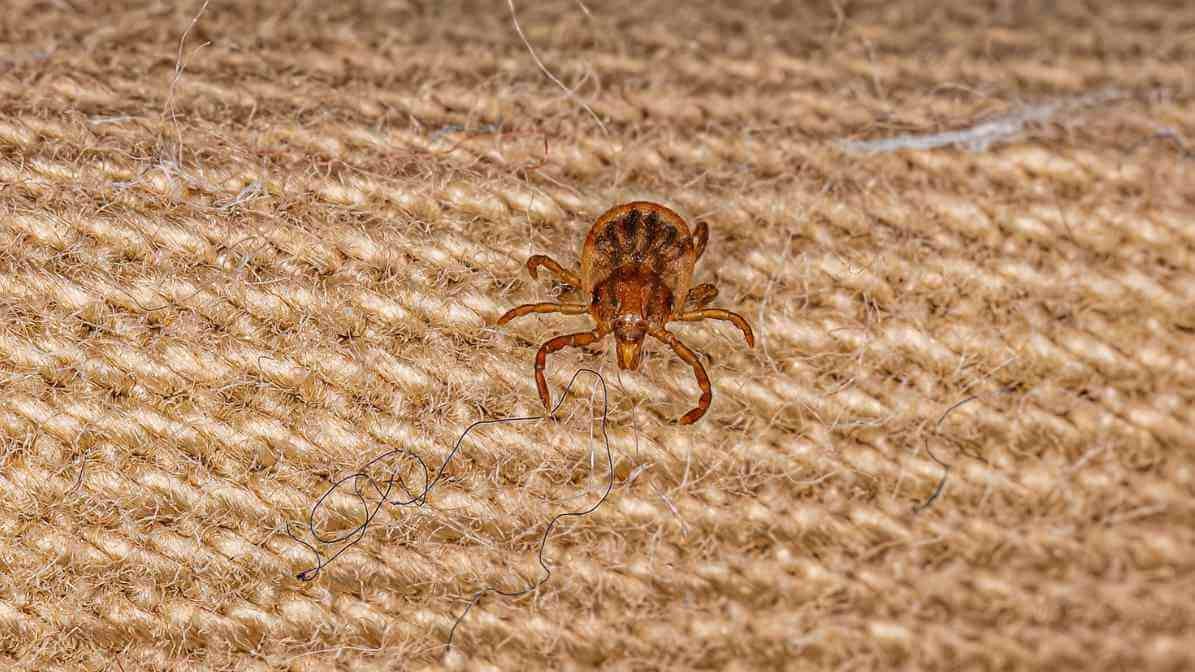

Eggs hatch into larvae, which seek their first host.
Larvae feed, then molt into various nymphs stages.
Nymphs feed again before becoming adults.
Adults, particularly attached ticks, remain in the skin for blood meals, mating and laying eggs.
How to Identify the Tick Sign, Symptoms and Risks?
Recognising a Tick Bite in Malaysia
While many tick bites are harmless, ticks live in environments with high disease transmission risks. If a tick bites you, especially if it is attach, you might get symptoms. These can include fever, headache, muscle aches or rashes. This can happen with tick-borne diseases like Lyme disease.
Early recognition of tick signs is crucial and the common indicators include:

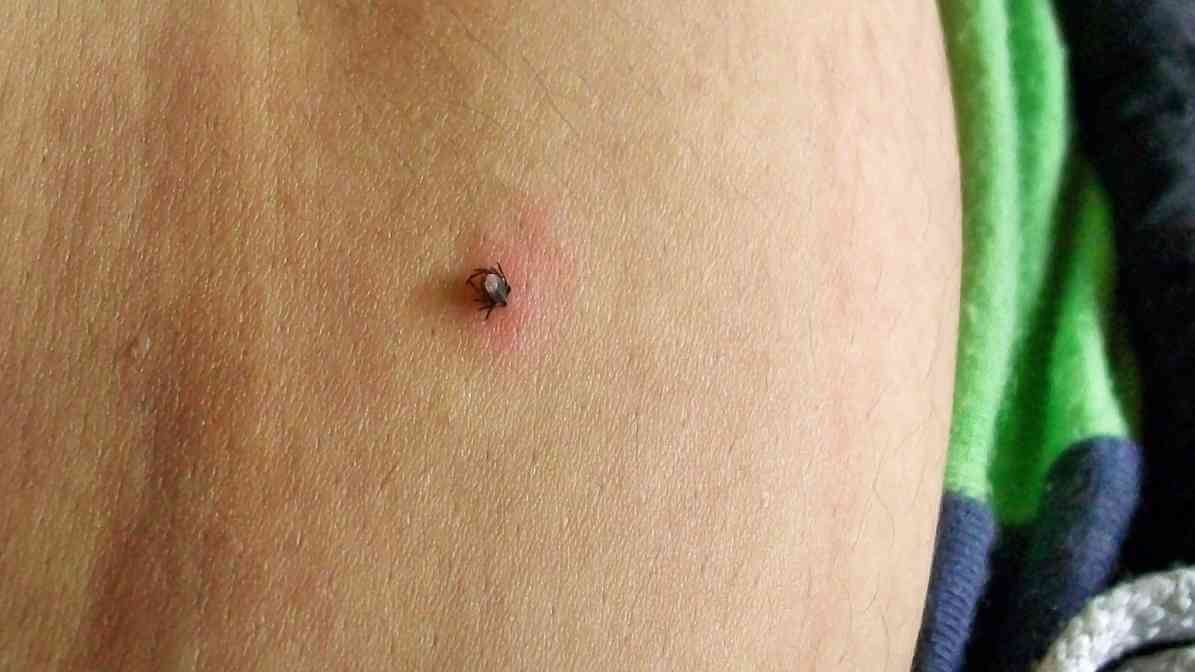
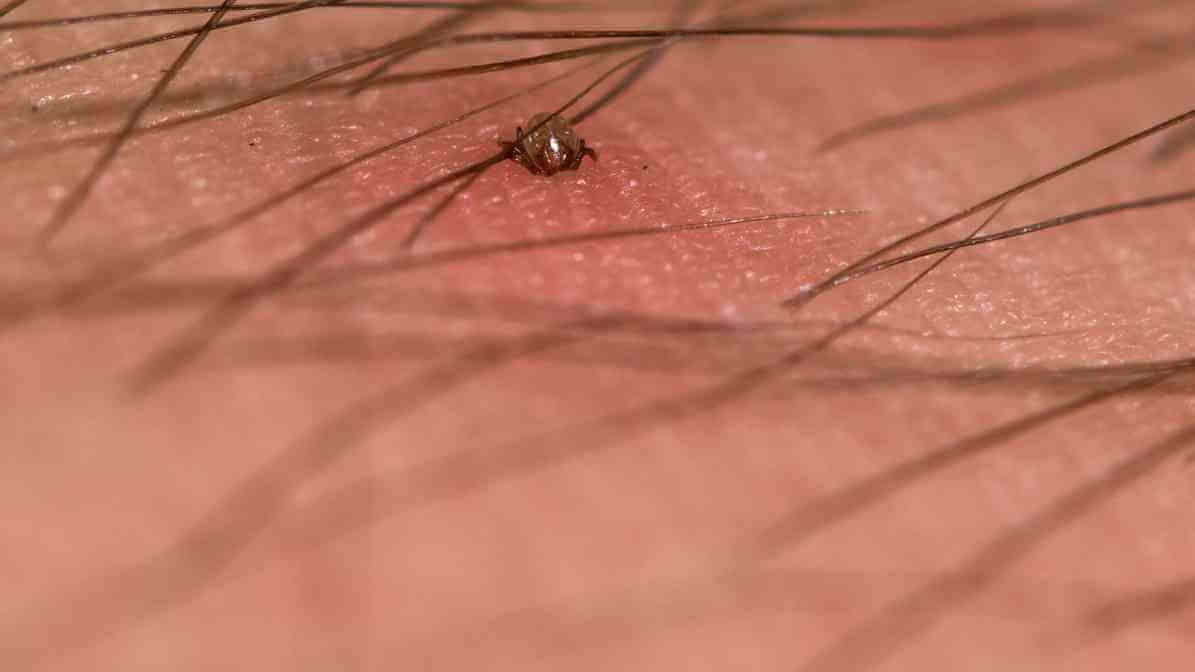

A small, round bite site that may develop into a tick mark, a circular rash that resembles a bullseye.
A tick attached close to the skin, often in hidden areas like the scalp, armpits, groin or behind the knees.
A visible tick remain in the bite site after bitten by a tick, often resembling a small speck or brownish lump.
Any visible signs of redness, swelling or itching around the bite site.
Tick Borne Diseases in Malaysia
Tick Bite and Disease They Transmit to Human
In regions like the United States, ticks are common carriers of these diseases. Emphasising the importance of tick sign awareness regardless of location. Tick-borne diseases are illnesses transmitted through tick bites. Although Lyme disease is less common in Malaysia, other serious illnesses can be contracted, including:
Lyme disease: Caused by Borrelia bacteria, leading to rash (tick mark), fever and neurological issues.
Rocky Mountain spotted fever: Causes high fever, rash and can cause severe complications if untreated.
Ehrlichiosis and tick-borne typhus: Other illnesses transmitted by ticks.
How Do I Know If I Have A Tick Bite?
Look for a small, round tick mark or bump on your skin, often in areas like the scalp, behind ears, underarms or waist. Sometimes you may see ticks attached or notice redness and swelling at the bite site.
Step-by-Step Tick Removal
What to Do if You Find a Tick Bite?
If you find a tick on your skin or your pet, it's essential to remove the tick correctly to prevent tick borne illnesses.
Prepare your tools
- Use tweezers to grasp the attached tick as close to the bite site as possible.
- Optionally, apply a small dab of petroleum jelly around the tick to encourage it to squeeze the tick out.
Grasp the tick:
- Squeeze the tick gently close to the skin, avoid squeezing the tick at the head or mouth to prevent rupture.
Pull the tick:
- Use tweezers to grasp the tick firmly and steadily lift as close to the bite site as possible.
- Do not twist or squeeze the tick, as this can cause the tick’s head or mouthparts to stay embedded, increasing infection risk.
Remove the tick:
- Maintain steady pressure and gently pull upward until the tick remains in the skin and detaches.
- If part of the tick breaks off and remains in the skin, do your best to find a tick fragment, especially the tick’s head.
Disinfect:
- Immediately clean the bite site with soap and water or rubbing alcohol to prevent infection.
- Dispose of the tick:
- Submerge the tick in rubbing alcohol or seal it in a container for future testing if symptoms develop.
Additional Tips:
- For removing the tick, avoid squeezing the tick, as it can release infectious fluids. Instead, grasp the tick close to the skin and squeeze gently.
- After tick removal, wash your hands thoroughly and disinfect any tools used.
- Applying petroleum jelly or a hot match can be traditional methods to encourage the tick to squeeze itself out. But the tweezers remain the preferred tool.
When to Seek Medical Attention After A Tick Bite
Post-Removal Tick Bite Care and Monitoring
Once a tick has been remove, observe the bite site for any tick sign of infection, such as redness, swelling or rash. Keep in mind to always speak to health professionals if:
The bite site may develop a tick mark or target-shaped rash, which is characteristic of Lyme disease.
If you experience any flu-like symptoms, joint pain, unexplained fever, or rash, seek health care immediately.
Save the tick if possible, ticks live long enough to be test for pathogens.
The tick remains in the skin after attempts at tick removal.
You notice symptoms such as tick bites signs of illness within days to weeks.
You suspect tickborne disease transmission, especially after tick bites in wooded areas or dense vegetation.
Tips for Pet Owners in Malaysia
Preventing Tick Bite and Tickborne Diseases
Prevention is your best defence against ticks and associated health risks. Here are practical ways to minimise exposure:
Wear long sleeves, long pants tucked into socks when walking in wooded areas or areas with high tick populations.
Use an insect repellent containing DEET or permethrin on skin and clothing.
Avoid area where ticks live, especially during peak activity seasons.
Conduct tick checks on your body and pets, look for tick signs such as tick marks or attached ticks.
After outdoor activities, wash your hands thoroughly, and soap and water can help clear loose ticks.
Maintain your yard: Keep grass short, remove leaf litter, and create barriers to reduce the area where ticks live near your home.
Regularly find a tick on your cats or dogs after walks or outdoor play.
Use veterinarian-approved tick preventatives.
Bathe cats and dogs regularly to reduce tick populations.
Professional Ticks Control Services
Innovative Pest Blog Summary
Ticks are common in Malaysia, especially in wooded areas and grassy fields. They can stay on the skin for hours or days after they attach. Their bites can spread serious diseases like Lyme disease or Rocky Mountain spotted fever. Knowing about different types of ticks is important.
Following best practices for tick removal helps protect your health and your pets' health. Always wear protective clothing, use insect repellent, and conduct regular tick checks to prevent tick bites. Early detection, proper removal, and awareness are key to avoiding illness. If you experience symptoms after a tick bite, seek medical attention promptly.


